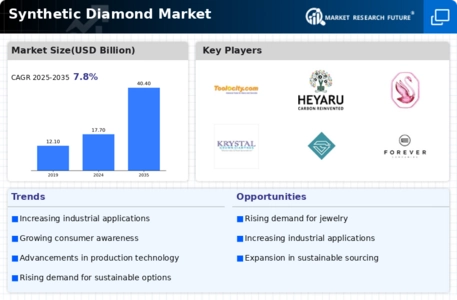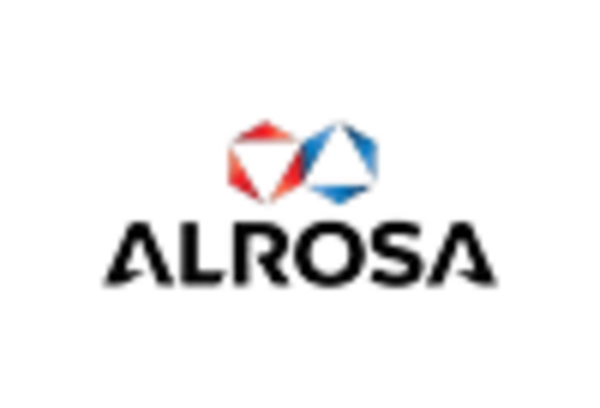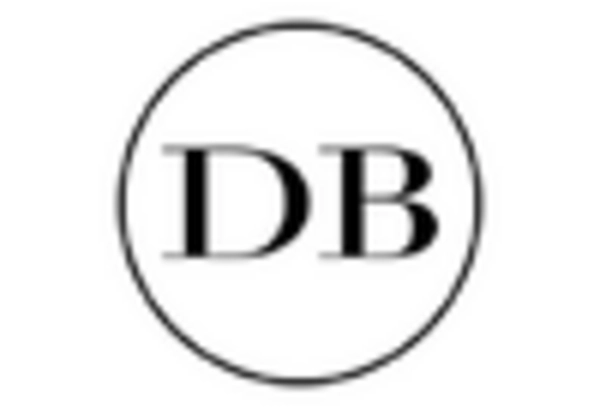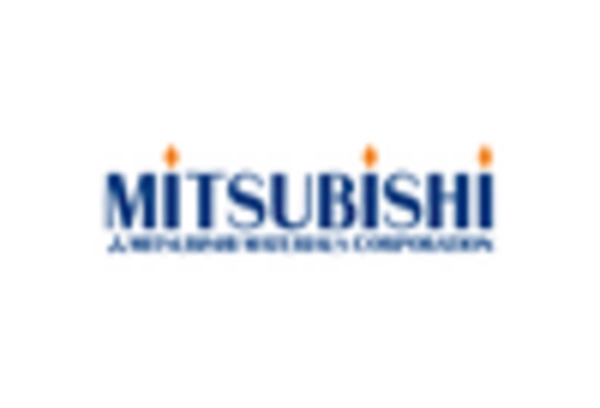Market Trends
Key Emerging Trends in the Synthetic Diamond Market
The market trends of synthetic diamonds have been witnessing significant shifts in recent years. Synthetic diamonds, also known as lab-grown or cultured diamonds, are gaining traction due to their ethical and environmental advantages over natural diamonds. One prominent trend is the growing demand for synthetic diamonds in various industries, including jewelry, electronics, and healthcare. This demand surge is primarily driven by consumers' increasing awareness of the origin of their products and the desire for sustainable alternatives.
The many different forms of synthetic diamonds, including bort, grit, dust, and powder, have numerous uses in a variety of end-user sectors
In the jewelry sector, synthetic diamonds are becoming increasingly popular among millennials and younger consumers who prioritize ethical sourcing and environmental sustainability. These lab-grown gems offer identical physical and chemical properties to natural diamonds but are produced in controlled laboratory environments, eliminating the ethical concerns associated with traditional diamond mining. As a result, jewelry retailers are expanding their offerings to include synthetic diamonds, catering to the evolving preferences of eco-conscious consumers.
Moreover, advancements in technology have significantly improved the quality and affordability of synthetic diamonds, further fueling market growth. Manufacturers are investing in innovative production techniques such as chemical vapor deposition (CVD) and high-pressure high-temperature (HPHT) methods to enhance the clarity, color, and size of synthetic diamonds. This has led to a broader range of options for consumers, with synthetic diamonds now available in various shapes, sizes, and colors to suit different preferences and budgets.
In addition to the jewelry industry, synthetic diamonds are increasingly utilized in the electronics sector, particularly in semiconductor manufacturing. The exceptional thermal conductivity and durability of synthetic diamonds make them ideal materials for heat management solutions in electronic devices. As electronic components become smaller and more powerful, the demand for efficient heat dissipation materials like synthetic diamonds continues to rise. This trend is expected to drive substantial growth in the synthetic diamond market in the coming years, particularly with the proliferation of technologies such as 5G, IoT, and electric vehicles.
Furthermore, the healthcare industry is emerging as a significant consumer of synthetic diamonds, particularly in medical imaging and diagnostics. Synthetic diamond-based sensors and detectors offer unparalleled sensitivity and precision, making them invaluable tools in medical equipment such as MRI machines and particle detectors. As the healthcare sector continues to prioritize innovation and accuracy, the demand for synthetic diamond-based technologies is projected to increase steadily.
However, despite the promising growth prospects, the synthetic diamond market still faces challenges such as market acceptance and competition from natural diamonds. While synthetic diamonds offer clear advantages in terms of sustainability and consistency, traditional perceptions of natural diamonds as symbols of luxury and rarity persist. Overcoming these perceptions and educating consumers about the benefits of synthetic diamonds will be crucial for market expansion.
Moreover, competition from natural diamond producers remains a significant factor influencing market dynamics. The diamond industry, dominated by major players in countries like Russia, Botswana, and Canada, has historically focused on natural diamond extraction and marketing. However, increasing consumer demand for ethically sourced and environmentally friendly products is prompting some industry players to explore opportunities in synthetic diamonds. This shifting landscape could lead to increased competition and collaboration between natural and synthetic diamond sectors in the future.

















Leave a Comment